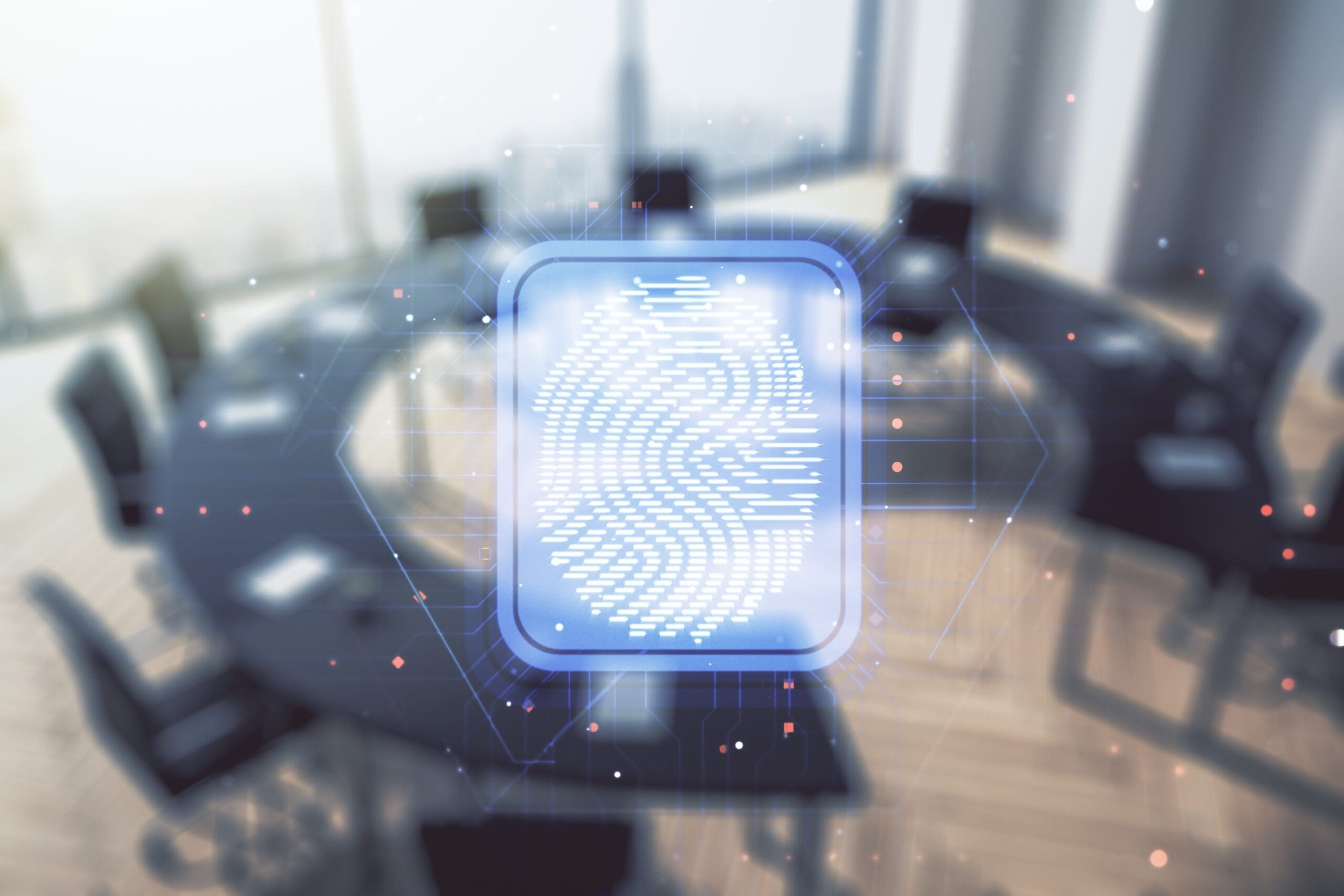The Digital Trust Digest is a curated overview of the week’s top cybersecurity news. Here’s what you need to know this week.


Post-Quantum satellite protection takes a big step forward
When quantum computing becomes available, experts fear that quantum computers can be used in conjunction with each other to break the RSA-2048 encryption that currently secures data as it travels from Earth through clusters of satellites.
The challenge is maintaining post-quantum protection through multiple hops that the transmission takes from satellite to satellite. However, a test conducted by QuSecure and Accenture successfully protected a transmission’s journey from Earth to a low-altitude satellite, then to a high-altitude satellite, and back to Earth.
The test marks a positive development in the resilience of satellite-enabled communication used for both military and commercial purposes. To read more about this far-out experiment, head over to DarkReading.

Federal post-quantum law spells modernization for healthcare entities
The White House mandate requiring federal systems to inventory their network ecosystems in preparation for post-quantum upgrades will set the tone for other sectors, including healthcare.
CISOs at healthcare organizations would do well to get a jump on modernizing their security. They can start by working with IT teams to identify systems, applications, and data that need to be rethought and assemble plans to streamline execution once NIST finalizes its post-quantum algorithms.
BankInfoSecurity sat down with Mac McMillan, CEO Emeritus of CynergisTek, to talk about cryptography migration planning for healthcare. Watch the full insights-packed interview here.



The arms race for post-quantum talent is on
We talk a lot about the potential security threats and societal disruption that may come with quantum computing, but the potential for exciting innovations and applications is just as promising.
Especially for manufacturing, healthcare, materials engineering, and pharmaceuticals, the possibilities are endless. Forward-thinking companies are already retooling their recruitment strategies to find quantum specialists and upskill existing staff to contribute to quantum projects.
To see how organizations are going after quantum talent and how you can do the same, InformationWeek has what you need to get started.

Cyber attacks imperil Australia’s digital cities
Massive cyber attacks on Australian telecom and insurance titans Optus and Medibank are hardly the only incidents involving critical infrastructure in recent years.
Unlike IT systems, downtime in OT systems puts public safety at risk. For financially-motivated cybergangs, victims of their ransomware attacks are much more likely to pay, and for nation-state actors, the harm they stand to inflict is much greater. With the explosion of IoT and commoditization of IP-connected devices, the attack surface in these industries will only grow larger.
In an interview with the Guardian, Australia’s Home Affairs Minister Clare O’Neil paints the picture of how a cyberattack could hold an entire city hostage, from traffic lights to surgery schedules. See how that might look and what Australia plans to do about it.



Identity security emerges as a key pillar of zero trust
With remote work, cloud innovations, and the explosion of IoT devices, network-based security approaches are far less reliable than they were a decade ago. A new report from CyberArk shows a shift in thinking around identity management strategies, with mixed results.
According to CyberArk, 92% of respondents said device trust and identity management are key for implementing zero trust. However, less than 10% of organizations have a mature, holistic identity security strategy. 42% of respondents said their identity security programs were floundering in the early maturity stages of foundational tool selection and integration.
There’s a perception gap between the C-suite and technical decision-makers. The report reveals that 69% of C-level leaders believe they’re making the right decisions, while barely half of the remaining staff agree. To see where your organization stands, TechRadar has more details.


